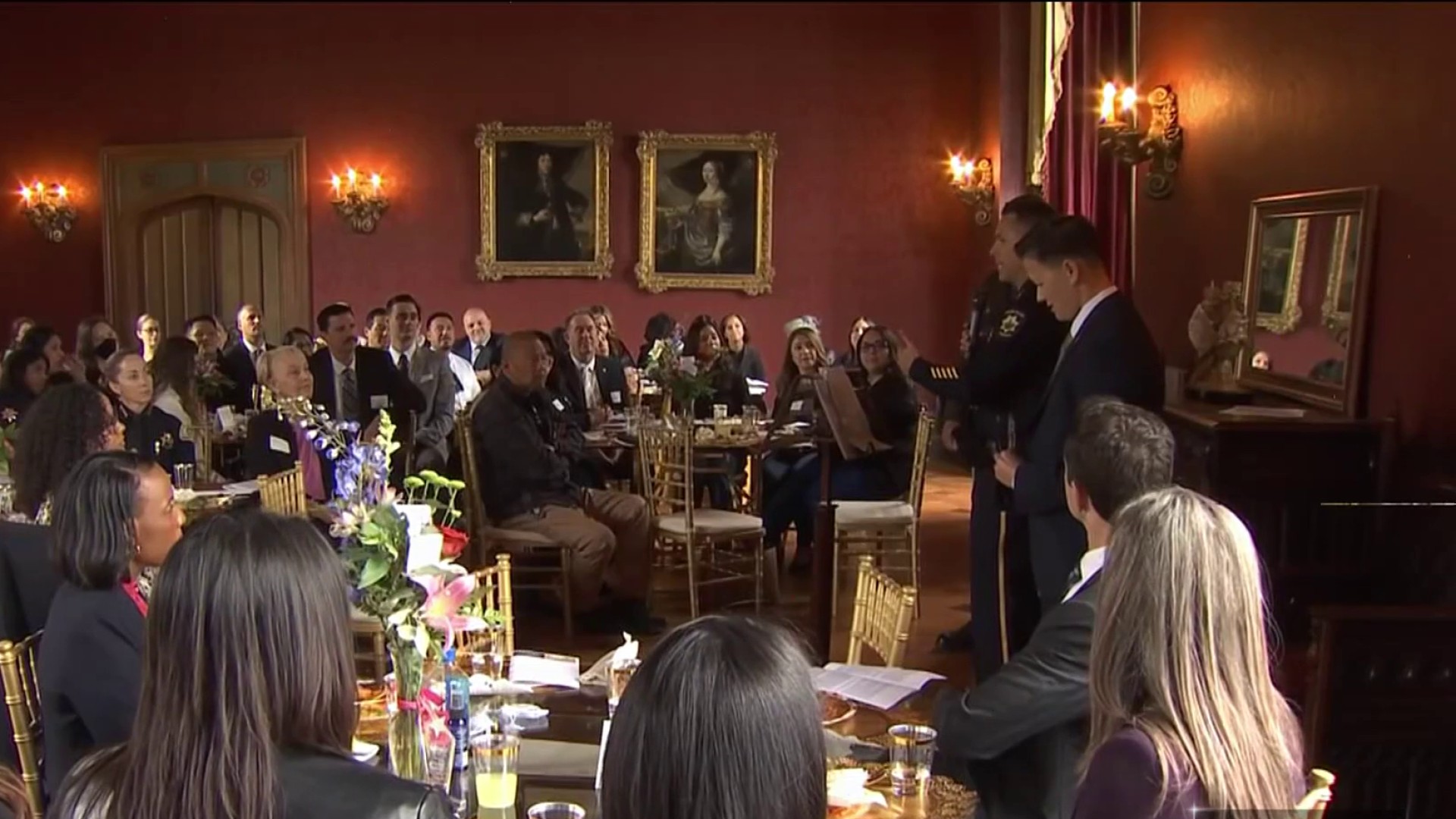Nuremberg, Germany might be an ocean, a sea, plus some territory away from Stanford University in Palo Alto, but the two lands now share a digital connection through a new online database providing every detail of the post-World War II Nuremberg trial, a landmark case that tried Nazi leaders for war crimes.
Stanford teamed-up with the International Court of Justice in the Netherlands to create the virtual Taube Archive of the International Military Tribunal at Nuremberg - providing access to trial transcripts, images, videos and audio recordings of the trial which took place across two hundred days between 1945-1946.
"The idea is to present to the public, without any cost, information that is directly derived from these trials," said Michael Keller, librarian at Stanford's Cecil H. Green Library, "directly derived from the prosecution of people who have committed crimes against humanity."
Previously, documents and evidence from the trial were stored within the ICJ in the Hague and other sites. The voluminous trove of works was available to some, but not all.
Get a weekly recap of the latest San Francisco Bay Area housing news. Sign up for NBC Bay Area’s Housing Deconstructed newsletter.
"So it was primarily in places where experts, historians and lawyers would use it," said David Cohen, Director for Human Rights and International Justice at Stanford which was a partner in the effort, "but much less accessible to the general public."
The new database put all those resources in a central website and into the hands of the public. From the site, people can browse through the charges for the roughly two-dozen high-ranking Nazi defendants; scan images from the mountains of evidence which include pictures of stolen artworks; or listen to audio from the sentencing of Hermann Goering, the second-highest ranking Nazi charged in the trial(spoiler alert: he was sentenced to hang but took his own life before he could meet the noose).
"This brings into the digital world one of the most important pieces of history for the twentieth century," said Tom Cramer, Director for Digital Libraries and Services at Stanford, "and exposing it for scholars but also for common citizens."
Local
The initial trial was brought on by the four Allied Powers, including France, the Soviet Union, the United Kingdom and the United States. They presented evidence of direct connection to atrocities, including evidence military leaders like Goering had firsthand knowledge of the labor camps where nearly six-million Jews died.
Keller said the university's advanced digital chops and sheer ambition allowed the possibility for a central digital hub available for those interested in the trial, which was the first to hold heads of state accountable for war atrocities. The effort was sponsored by Bay Area philanthropist Tad Taube who escaped wartime Poland as a child.
"The primary goal was to use innovative technologies to make all this material accessible," Keller said.
Cohen hatched the idea of creating the Nuremberg database a couple of years back during discussions with a German colleague. He said the trial was pivotal in sending a message that even the politically powerful could be held accountable for war crimes. Since Nuremberg, trials of high-ranking political and military figures have played-out in Somalia, Cambodia and the former Yugoslavia.
Cohen said similar investigations are taking place now in connection with Russia's invasion of Ukraine which recently resulted in the issue of an arrest warrant for Russian President Vladimir Putin.
"We need to use international criminal justice as one of the tools to prevent mass atrocity in the future," Cohen said.
The university hopes to add collections from other high profile war crime trials as not only an asset to those interested, but as a warning to world leaders.
"It’s very important that we try to prosecute those people," said Keller, "even if they seem quite distant from us."



